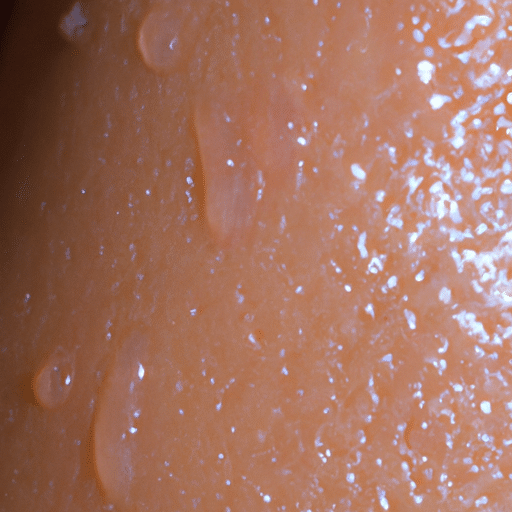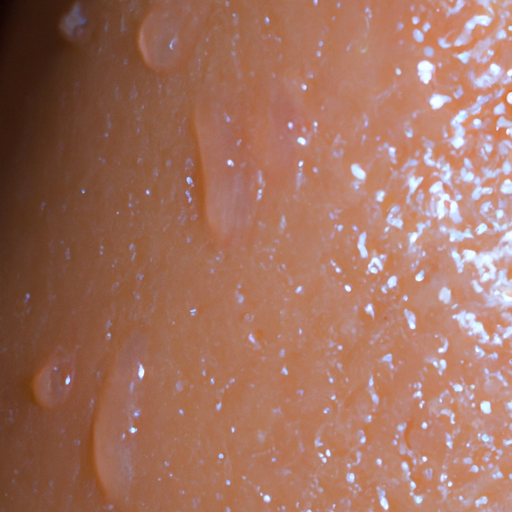Oily skin can be a challenge to manage. The overproduction of sebum, the skin’s natural oil, can lead to a shiny complexion, enlarged pores, and an increased risk of acne. However, with the right skincare routine and products, you can effectively control the oiliness and achieve a balanced, healthy complexion. This article will provide you with an ultimate guide to tackling oily skin.
Firstly, it’s essential to understand that oil production is a natural process that keeps our skin hydrated and protected. However, when the sebaceous glands produce too much oil, it can lead to the problems mentioned above. Several factors can contribute to oily skin, including genetics, hormonal changes, stress, and environmental conditions.
Now, let’s delve into the strategies for managing oily skin.
1. Cleansing: The first step in your skincare routine should be cleansing. It’s crucial to use a gentle, water-soluble cleanser that removes excess oil without stripping your skin of its natural moisture. Over-cleansing or using harsh products can cause your skin to produce even more oil as a protective response. Therefore, cleanse your face twice a day – in the morning and at night – and after sweating heavily.
2. Toning: After cleansing, apply a toner to remove any residual oil and dirt. Look for toners that are alcohol-free to avoid drying out your skin. Some toners are specially formulated for oily skin with ingredients like witch hazel or salicylic acid that help reduce oiliness and tighten pores.
3. Moisturizing: Many people with oily skin skip this step, fearing it will make their skin more greasy. However, moisturizing is essential for all skin types. When your skin is dehydrated, it can trigger more oil production. Opt for a lightweight, oil-free moisturizer or a gel-based product that hydrates your skin without making it greasy.
4. Exfoliating: Regular exfoliation helps remove dead skin cells that can clog pores and increase oil production. However, be careful not to overdo it as it can irritate your skin and stimulate more oil production. Aim to exfoliate once or twice a week with a gentle scrub or a chemical exfoliant containing beta hydroxy acids (BHAs), which are oil-soluble and can penetrate deep into the pores.
5. Sun Protection: Sun exposure can trigger oil production and cause other skin issues. Therefore, it’s crucial to protect your skin from the sun. Choose a sunscreen that’s non-comedogenic (won’t clog pores) and oil-free.
6. Makeup: If you wear makeup, opt for oil-free, non-comedogenic products. Mineral-based makeup can also help absorb excess oil. Always remove your makeup before bed to prevent clogged pores.
7. Diet: Lastly, your diet can influence your skin’s oil production. Consuming too many oily, processed foods can exacerbate oily skin. Try to incorporate more fruits, vegetables, and lean proteins into your diet.
In conclusion, managing oily skin requires a consistent skincare routine with the right products. It’s also essential to maintain a balanced diet and protect your skin from the sun. If you’re struggling with oily skin despite following these tips, it may be beneficial to consult with a dermatologist who can provide personalized advice and treatment options. Remember, every person’s skin is unique, and what works for one person may not work for another. It may take some trial and error to find the best routine for your skin.




